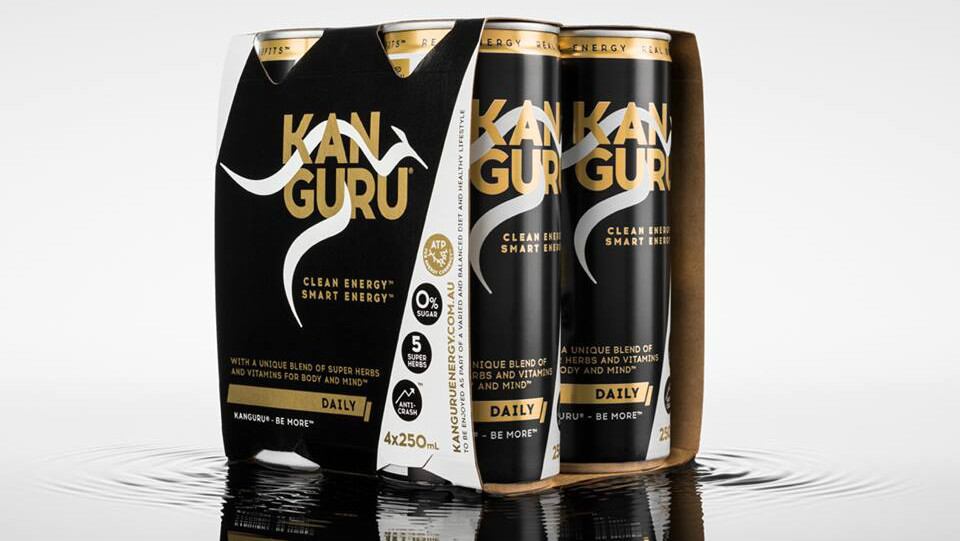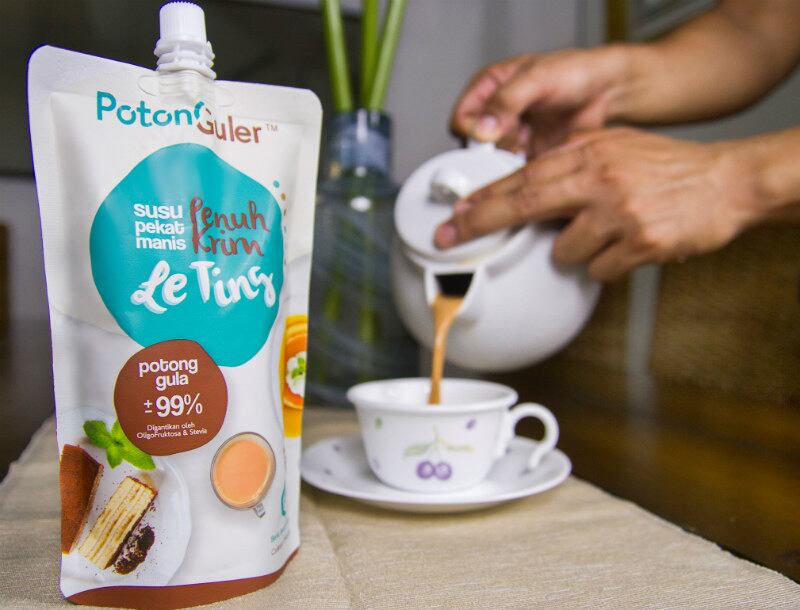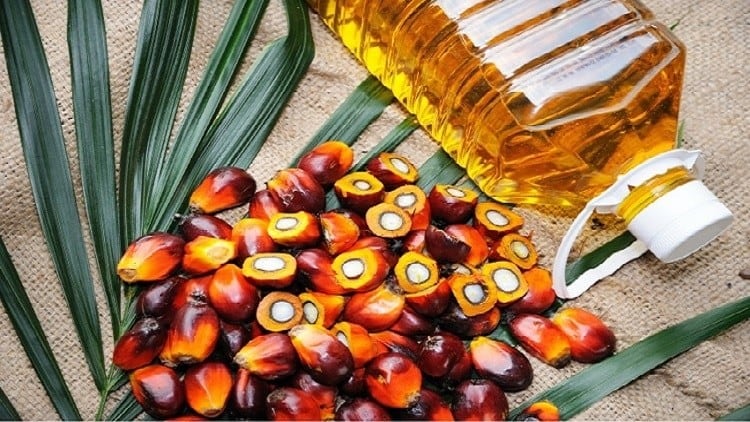The Kanguru energy drink was developed by Australian eye surgeon Dr David Kitchen, and boasts no-sugar, anti-crash, all-natural caffeine as well as ‘real’ amounts of botanicals and vitamins, which Kanguru claims makes it stand apart from other energy drinks in the market.
“Dr Kitchen spent four years researching this together with a scientist, and the result is a real energy drink made for vitality – for instance, we have 340mg of guanara per can, whereas Coca-Cola’s new energy drink has just 0.06mg, so we are confident [about this],” Kanguru President Asia Pacific David Westall told FoodNavigator-Asia.
The drink contains 23 calories per can (as compared to 160 calories in a Red Bull can) due to its no-sugar property, and claims to be anti-crash in addition to containing multiple B-vitamins for health.
It also contains five major ‘super botanicals’ which are: Yerba Mate (375mg) for mood and focus, Guarana (340mg) to reduce fatigue and improve endurance, Korean Red Ginseng (225mg) to boost immunity and fight fatigue, Schisandra (100mg) to promote performance and focus, and Green Tea 50mg) as an anti-imflammatory stimulant and antioxidant.
Westall expressed confidence that local knowledge and understanding of the benefits of such botanicals are what will drive Kanguru’s success in Korea, as well as in Asia.
“In Korea, there is a big segment of well-being drinks, especially energy drinks, tonics and hangover cures,” he said.
“Asia as a whole has a better understanding of the benefits of certain foods and herbs and their functional purposes, such as ginseng, and Koreans in particular have a strong belief and understanding of traditional herbs and medicines.
“Ginseng is a big thing here – the Koreans have a popular ginseng chicken dish called samgyetang to refresh themselves in the summer and various other tonics using this - and Kanguru contains 225mg of Korean Red Ginseng which is the highest grade in the world.
“The target is mainly 28 to 40 year olds in the country who are busy, working individuals who want more energy but are aware of their health and want to get this naturally.”
In addition, the fact that Westall is helming the charge into Korea is expected to greatly boost the beverage’s chance of commercial success.
“I have 16 years of experience in Korea since my days with Coca-Cola’s bottling company in the country, so I have a pretty big network there,” he said.
“In addition to this, I also run a company that brings Australian exports to Korea, so using Korea was a very natural starting point for us in Asia.”
In addition to previous experience as the CEO of Coca-Cola Korea Bottling, Westall’s portfolio also includes years of experience with Coca-Cola Amatil and CEO of Pepsi Cola Bottling Central Asia.
Kanguru will be making its Korean launch in October 2019, with a major focus on convenience stores, followed by supermarkets and drug stores.
“We will make our big launch with the convenience route – probably some 20,000 stores natiowide first,” said Westall.
“The retail price is expected to be about KRW2,000 (US$1.68) for a 250ml can. In Australia, this is currently gong for between A$2.50 to A$2.95 (US$1.71 to US$2.02), though we are aiming to bring this down to A$2.00 to A$2.50 (US$1.37 to US$1.71) to show that we can give more, yet cost less.”
Other regions of focus
Apart from Korea, Kanguru has its eye on many destinations worldwide too.
“We’re also looking at going to New Zealand at the end of the year, and are working on collaborations in the United States where our first sales avenue would be Amazon, the United Arab Emirates, China, Vietnam where a convenience chain has expressed interest, and Thailand” said Westall.
“For countries like Singapore, this is high on our list as it is a modern, busy city where working people would need this, but we are aware that we may have to tweak the formulation to meet local regulations.”
Regardless of the geographical region though, he emphasised that the key message Kanguru is trying to convey is that it is no longer necessary to ‘resist’ energy drinks with this natural option.
“Our research shows that many people are uncomfortable with energy drinks, and with Kanguru we want to also show that this product was created by one of Australia’s top surgeons, versus say with Coke where Coke Energy came from the marketing department, so consumers can feel more assured,” he added.
“The other thing is to be ahead of the trends – the amount of years we put into this research, versus just adding a little bit here and there to existing products like big companies usually do, should go a long way in changing the way consumers think of energy and vitality drinks.”
New updates
In addition to the current Kangaru variant, which is meant for daily consumption, Westall added that there is much more on the way.
“On-shelf in the lab right now, we have five new health-linked flavours upcoming, in addition to five more new functional, activity-specific variations of Kanguru with different herbs and combinations,” he said.
“Though I can’t give away too much as yet, examples are variants for those who need to study and take examinations, as well as for those who need energy for extreme workouts or sports.
Other plans are to go into the food area, e.g. into energy bars, though he said that this would likely take ‘a few more years of research’.





